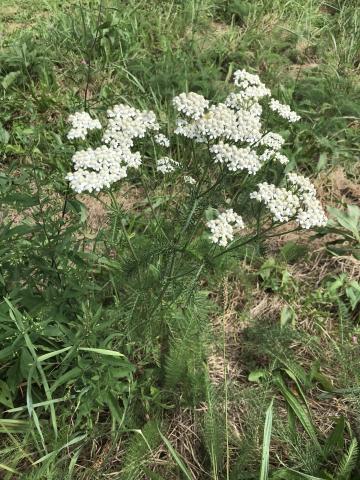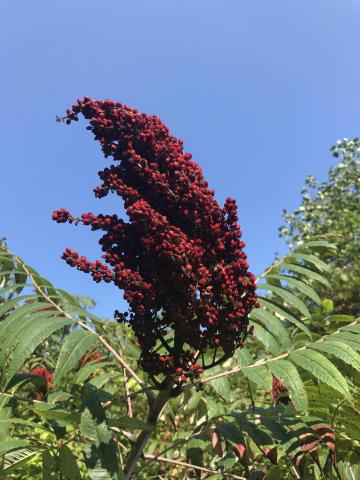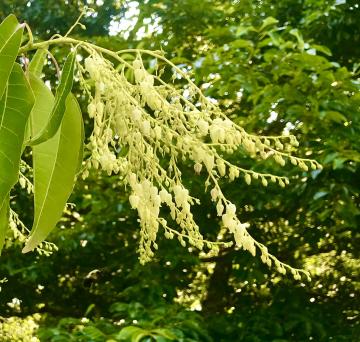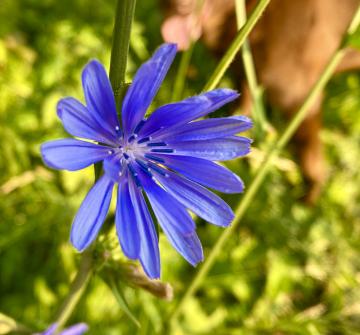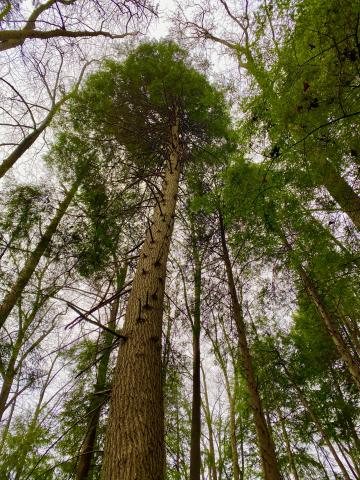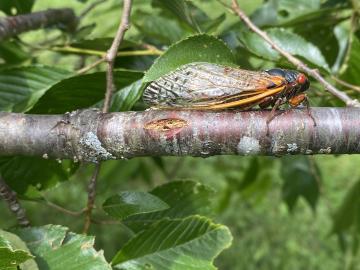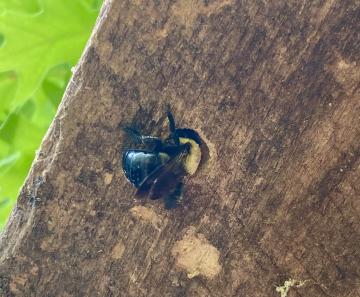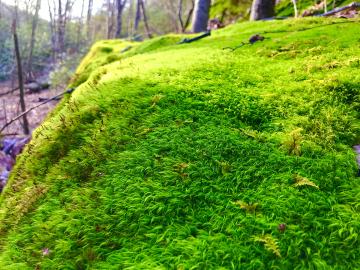Medicinal Plants
Thousands of years before modern medicine, people depended on medicinal plants to ease pain and aid healing. Our early pioneer ancestors learned from native Indians what plants were useful to treat maladies. Many of these plants are common in our area and easy to identify. Here is a description of some of the easier to find medicinals found in our area.
Yarrow (Achillea millefolium): Also called bloodwort, nosebleed, and soldier’s woundwort. This wildflower has a tight, flat cluster of white, five-petal flowers at the top, with soft, aromatic, fernlike leaves along the stem. It is common in pastures, roadsides, and disturbed places. The leaves and stems were used to promote healing of open wounds and as a diaphoretic (used to increase perspiration).
- Read more about Medicinal Plants
- Log in to post comments
